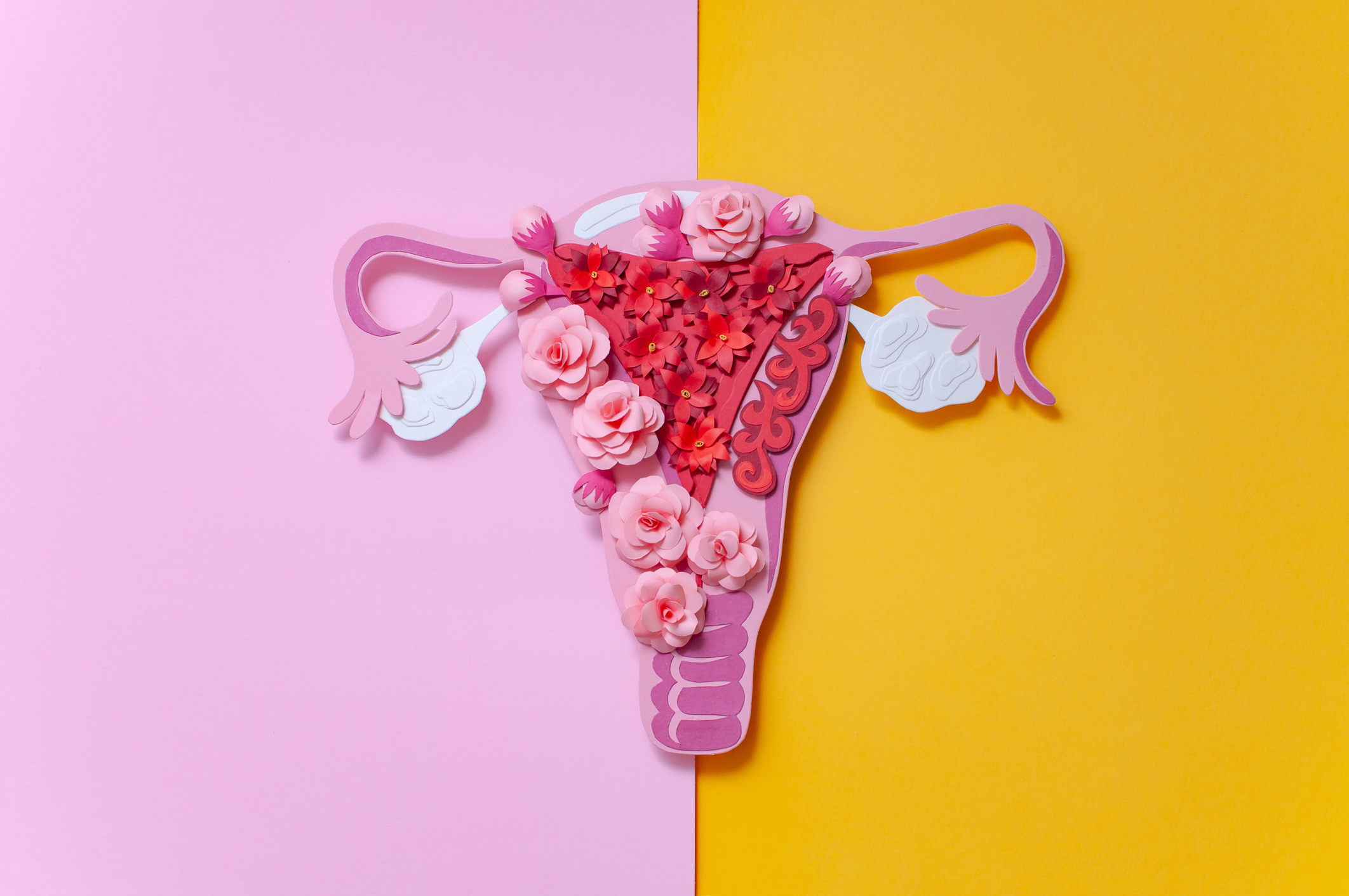To investigate whether textural analysis (TA) of MRI heterogeneity may play a role in the clinical assessment and classification of breast tumors.
For this retrospective study, patients with breast masses ≥1 cm on contrast-enhanced MRI were obtained in 69 women (mean age: 51 years; range 21-78 years) with 77 masses (38 benign, 39 malignant) from 2006 to 2018. The selected single slice sagittal peak post-contrast T1-weighted image was analyzed with commercially available TA software [TexRAD Ltd., UK]. Eight histogram TA parameters were evaluated at various spatial scaling factors (SSF) including mean pixel intensity, standard deviation of the pixel histogram (SD), entropy, mean of the positive pixels (MPP), skewness, kurtosis, sigma, and Tx_sigma. Additional statistical tests were used to determine their predictiveness.
Entropy showed a significant difference between benign and malignant tumors at all textural scales (p < 0.0001) and kurtosis was significant at SSF = 0-5 (p = 0.0026-0.0241). The single best predictor was entropy at SSF = 4 with AUC = 0.80, giving a sensitivity of 95% and specificity of 53%. An AUC of 0.91 was found using a model combining entropy with sigma, which yielded better performance with a sensitivity of 92% and specificity of 79%.
TA of breast masses has the potential to assist radiologists in categorizing tumors as benign or malignant on MRI. Measurements of entropy, kurtosis, and entropy combined with sigma may provide the best predictability.
Copyright © 2021 Elsevier Inc. All rights reserved.
Diagnostic accuracy of MRI textural analysis in the classification of breast tumors.


